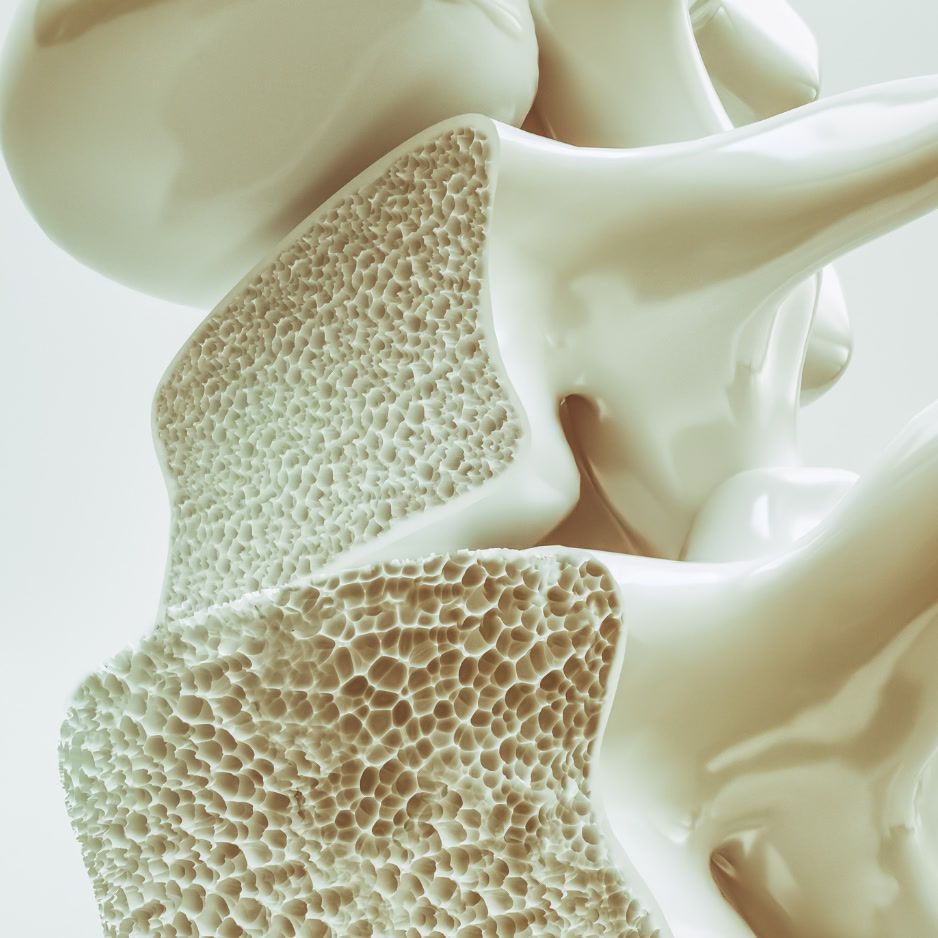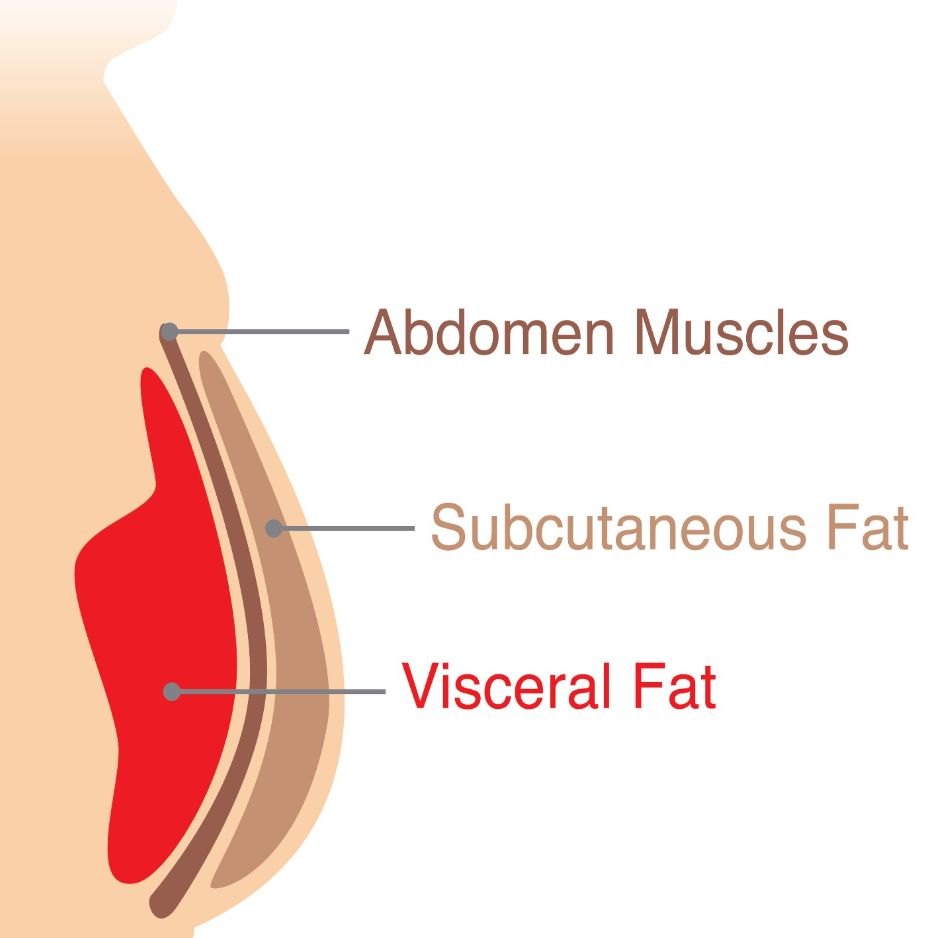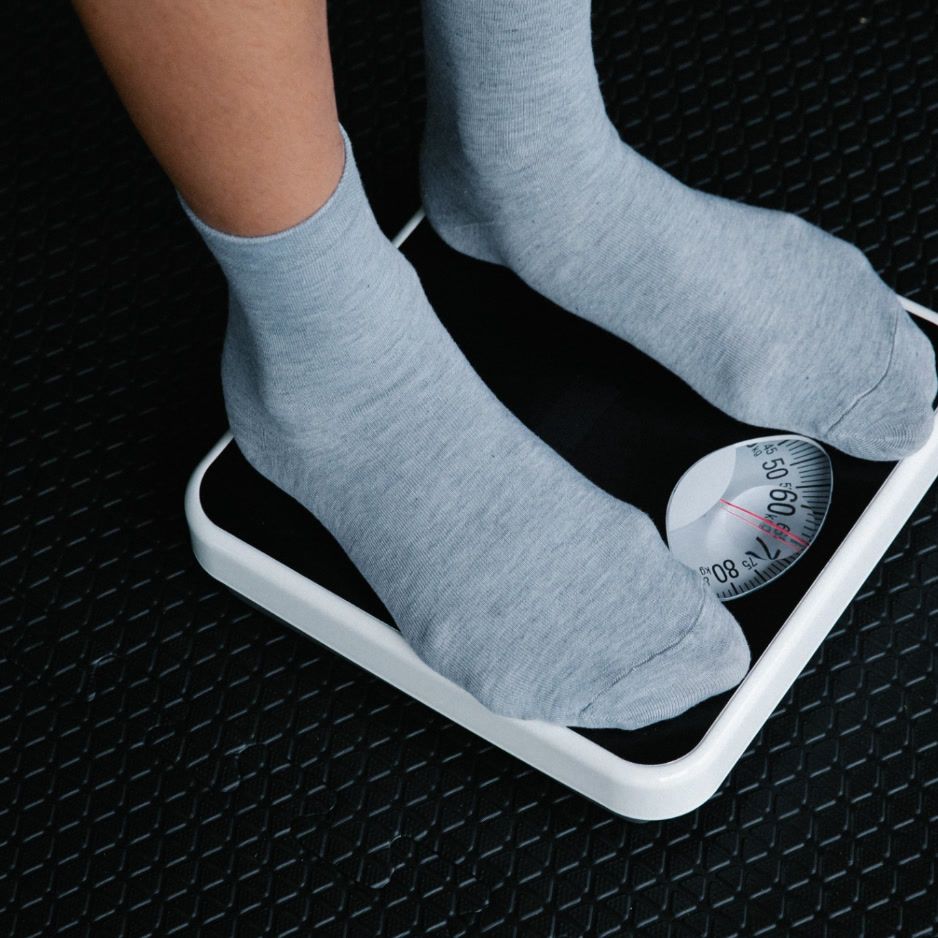Orforglipron: The New Oral GLP-1 Drug Explained

Orforglipron: The New Oral GLP-1 Drug Explained
TL;DR Orforglipron (LY3502970) is an investigational, once-daily oral GLP-1 receptor agonist being studied for type 2 diabetes and obesity. Unlike injectable peptide drugs such as semaglutide, orforglipron is a small-molecule pill—yet early Phase 2 data show significant A1C and weight-loss benefits. Below we decode how it works, what the trials show so far, and what to watch as it moves toward FDA review.
Quick Facts Table
| Attribute | Details |
|---|---|
| Drug Class | GLP-1 receptor agonist (non-peptide small molecule) |
| Developer | Eli Lilly and Company |
| Investigational Uses | Type 2 diabetes, obesity, overweight with cardiometabolic risk |
| Dosing | Once-daily oral tablet (12 – 45 mg in trials) |
| Status (Aug 2025) | Phase 3 trials ongoing; not FDA-approved |
| Research Code | LY3502970 |
| Mechanism Highlights | Activates GLP-1 receptors → enhances insulin, suppresses glucagon, slows gastric emptying, reduces appetite |
1. Why Orforglipron Matters
GLP-1 agonists such as semaglutide (Ozempic® / Wegovy®) and liraglutide have revolutionized diabetes and weight-management care—but they’re injectable peptides that require refrigeration and training. A pill with similar efficacy could remove those barriers and potentially lower costs. In peer-reviewed trials, oral orforglipron lowered A1C by up to 2.1 percentage points (Lancet 2023) and reduced body weight by up to 14.7 % over 36 weeks (NEJM 2023).
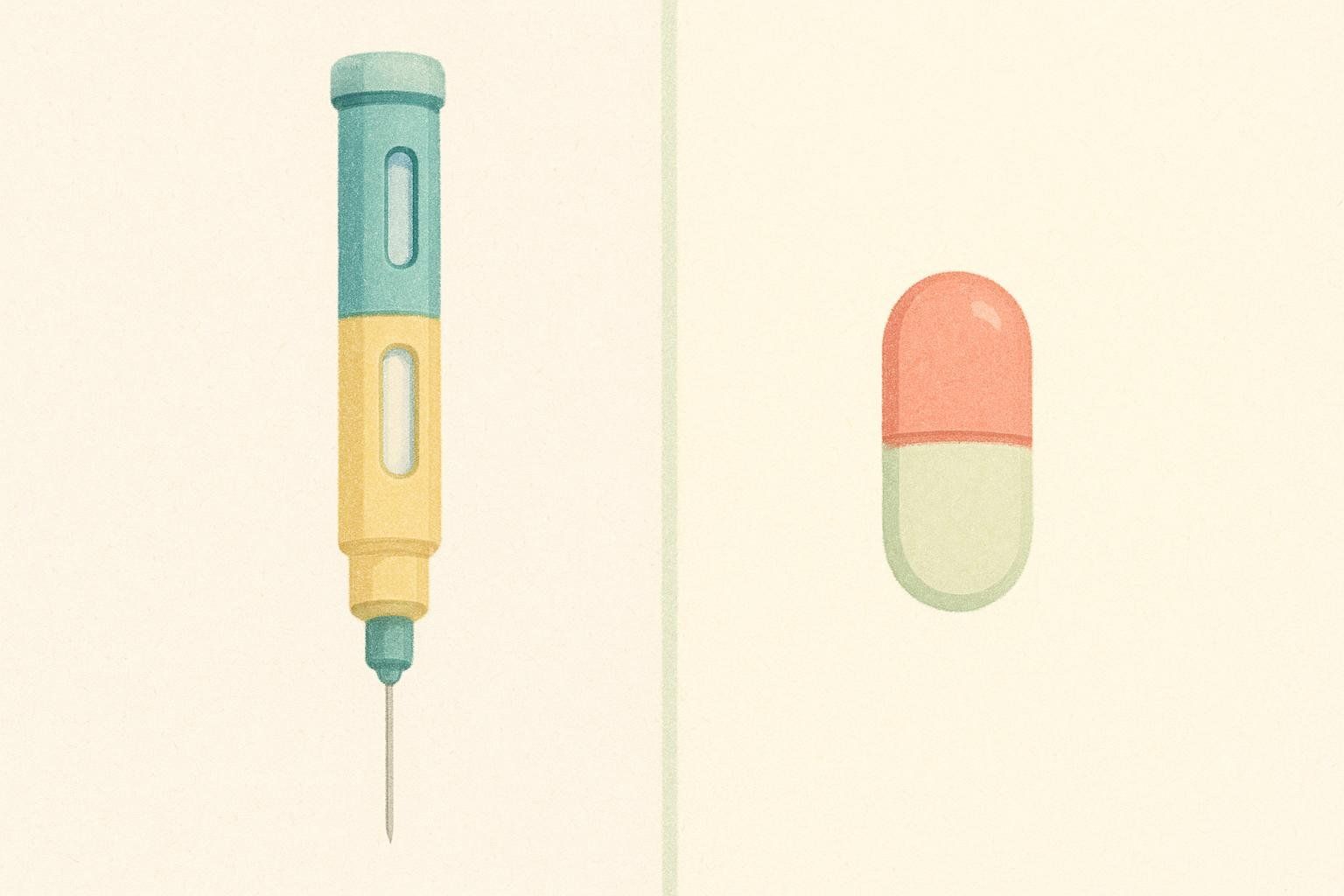
2. How Does Orforglipron Work?
2.1 GLP-1 Basics
Glucagon-like peptide-1 is a gut hormone released after meals. It prompts the pancreas to release insulin, tells the liver to dial back glucose production, slows stomach emptying, and signals satiety in the brain.
2.2 Small-Molecule Innovation
Most GLP-1s are peptides that degrade in stomach acid, so they’re injected. Orforglipron is a small, non-peptide molecule designed to survive the GI tract and still fit the GLP-1 receptor “lock.” Cryo-EM studies show it binds the receptor’s trans-membrane pocket similarly to peptide agonists but with higher oral bioavailability—an effect highlighted in the 2023 NEJM trial.
3. Pharmacokinetics at a Glance
| Parameter | Finding* |
|---|---|
| Tmax | 3 – 5 h post-dose |
| Half-life | ~24 h (supports once-daily dosing) |
| Metabolism | Minor CYP3A4; primarily renal excretion |
| Food Effect | High-fat meal ↓ Cmax ≈ 20 % but not clinically significant |
Data from Phase 1 clinical trials in healthy volunteers (Diabetes Obesity & Metabolism 2023). Dosage forms may evolve in later phases.
4. Clinical Trial Landscape
4.1 Key Trials
| Phase | Population | Key Endpoints | Top-line Results |
|---|---|---|---|
| Phase 2 | 272 adults with obesity (BMI ≥ 30) | % weight change @36 wks | −8 % (12 mg) to −14.7 % (36 mg) vs −2.3 % placebo (NEJM 2023) |
| Phase 2 | 300 adults with T2D on metformin | A1C change @26 wks | −1.3 % to −2.1 % vs −0.4 % placebo (Lancet 2023) |
| Phase 3 | SUMMIT-T2D | A1C, weight, CV safety | Ongoing; completion 2027 |
4.2 Safety & Side Effects
Side-effect profile mirrors other GLP-1s (NEJM 2023):
- Nausea (18 – 32 %)
- Vomiting (6 – 12 %)
- Diarrhea (9 – 16 %)
- Decreased appetite (7 – 10 %)
Serious adverse events were rare (< 1 %) and included pancreatitis and gallbladder disease—both being monitored in Phase 3.
5. Comparing Orforglipron With Other GLP-1 Options
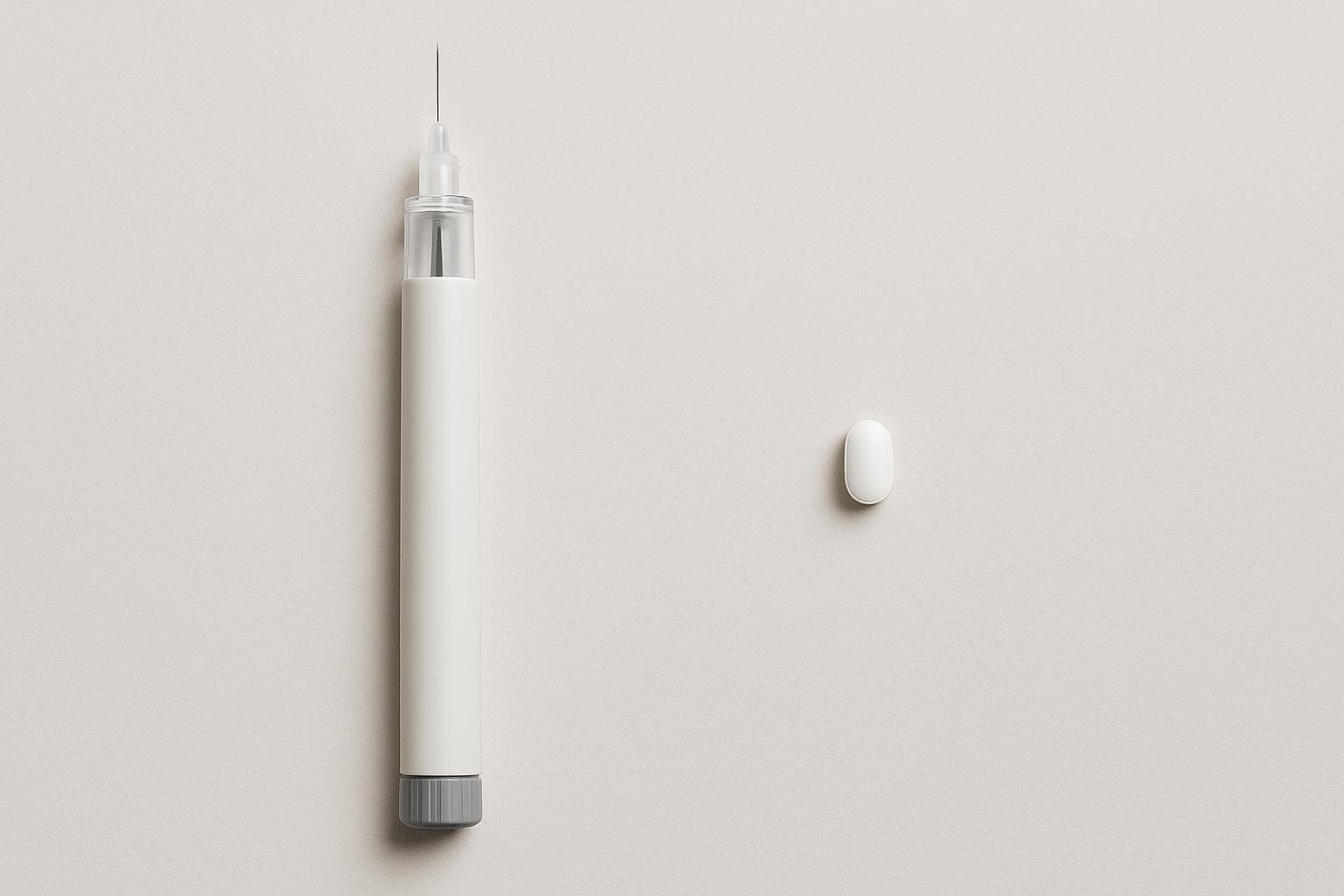
| Feature | Orforglipron | Oral Semaglutide | Injectable Semaglutide |
|---|---|---|---|
| Molecule Type | Small molecule | Peptide | Peptide |
| Administration | 1 pill daily (no fasting) | 1 pill daily (fasting, empty stomach) | Weekly injection |
| Mean Weight Loss | Up to 14.7 % @36 wks (NEJM 2023) | ≈ 15 % @68 wks (OASIS 1 2023) | 14.9 % @68 wks (STEP 1 2021) |
| Storage | Room temp | Room temp | Refrigerated |
| Cost (proj.) | Potentially lower; TBD | Higher cost tier (varies by insurance) | Very high cost tier (varies by insurance) |
Trial durations differ—Orforglipron data span 36 weeks, whereas semaglutide outcomes span 68 weeks; results are not head-to-head comparisons.
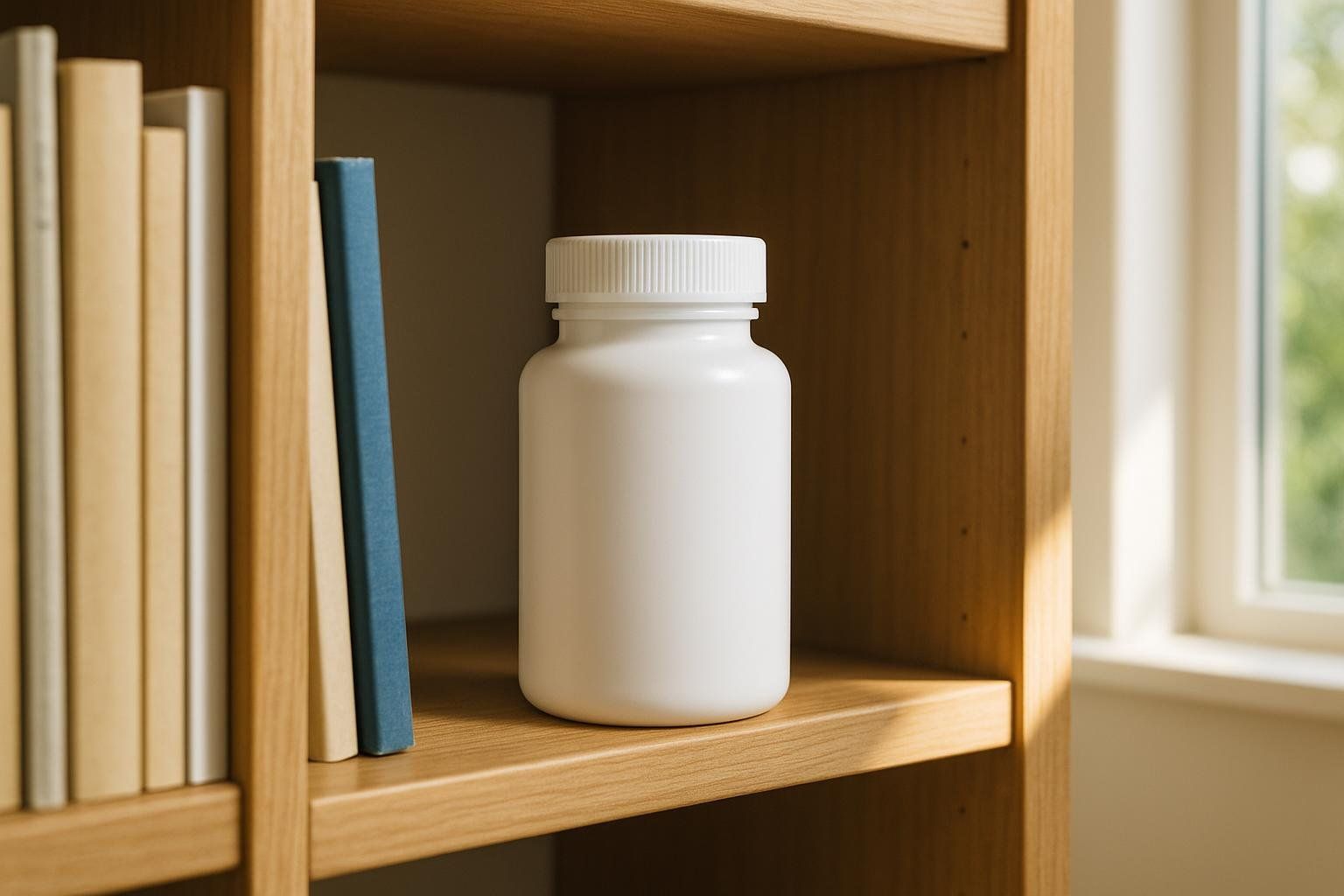
6. Practical FAQs
Is orforglipron FDA-approved? No. As of August 2025 it remains investigational.
How is it taken? In clinical studies, participants received a once-daily pill, with or without food (NEJM 2023).
Will insurance cover it? Coverage decisions will be made after regulatory approval.
Can I combine it with exercise and body-composition tracking? Yes. Regular physical activity—especially resistance training—helps preserve muscle while using GLP-1 medications. To verify that weight loss is coming mainly from fat, many clinicians recommend periodic body-composition assessments such as DEXA scanning.
7. Next Steps & Monitoring
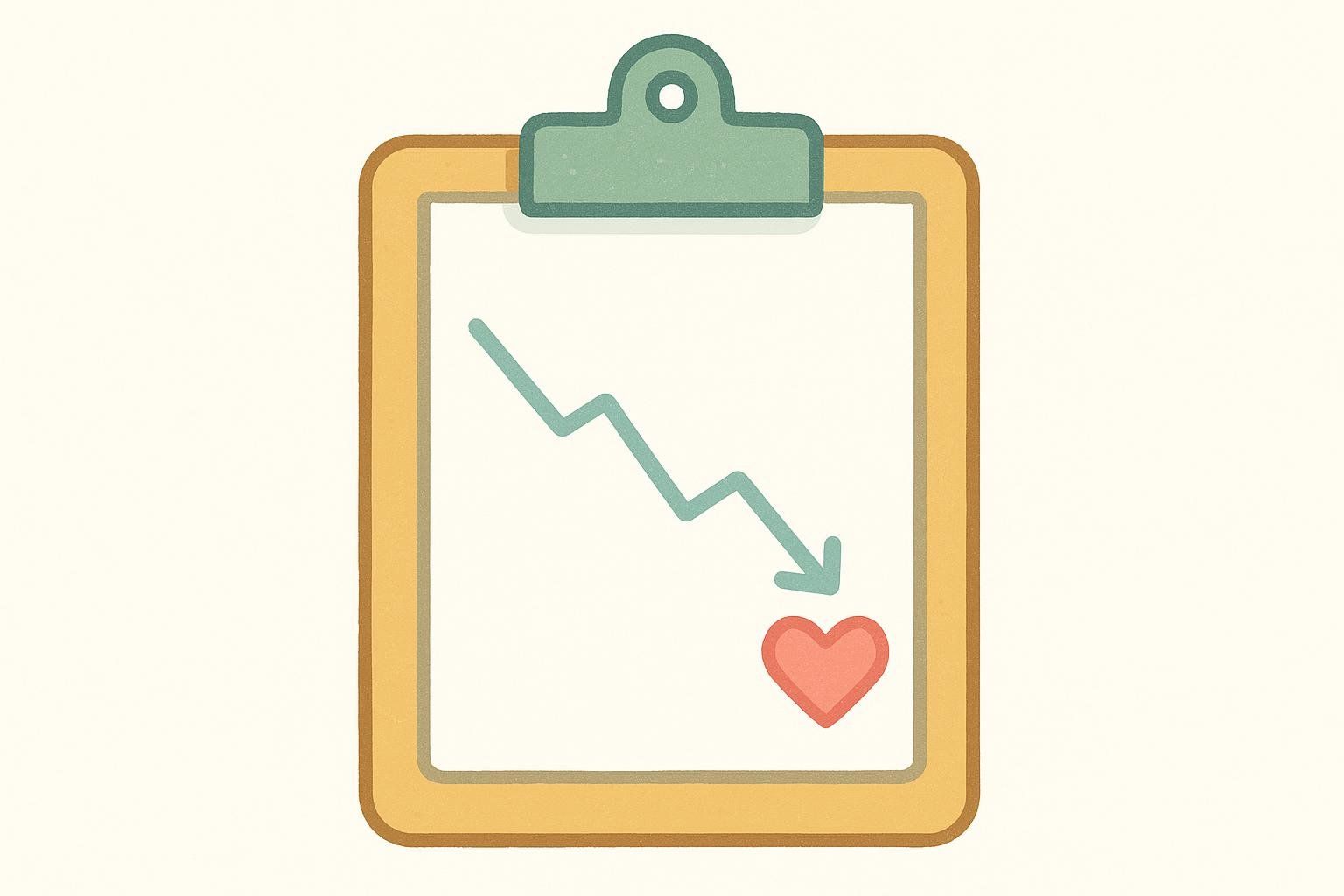
- Track ongoing research by bookmarking the orforglipron listings on ClinicalTrials.gov.
- Partner with your healthcare provider to monitor lab markers such as A1C, lipid levels, and liver enzymes.
- Monitoring body composition over time—via methods like DEXA scanning—can provide objective feedback on fat and muscle changes for individuals pursuing GLP-1–based weight-management plans.
